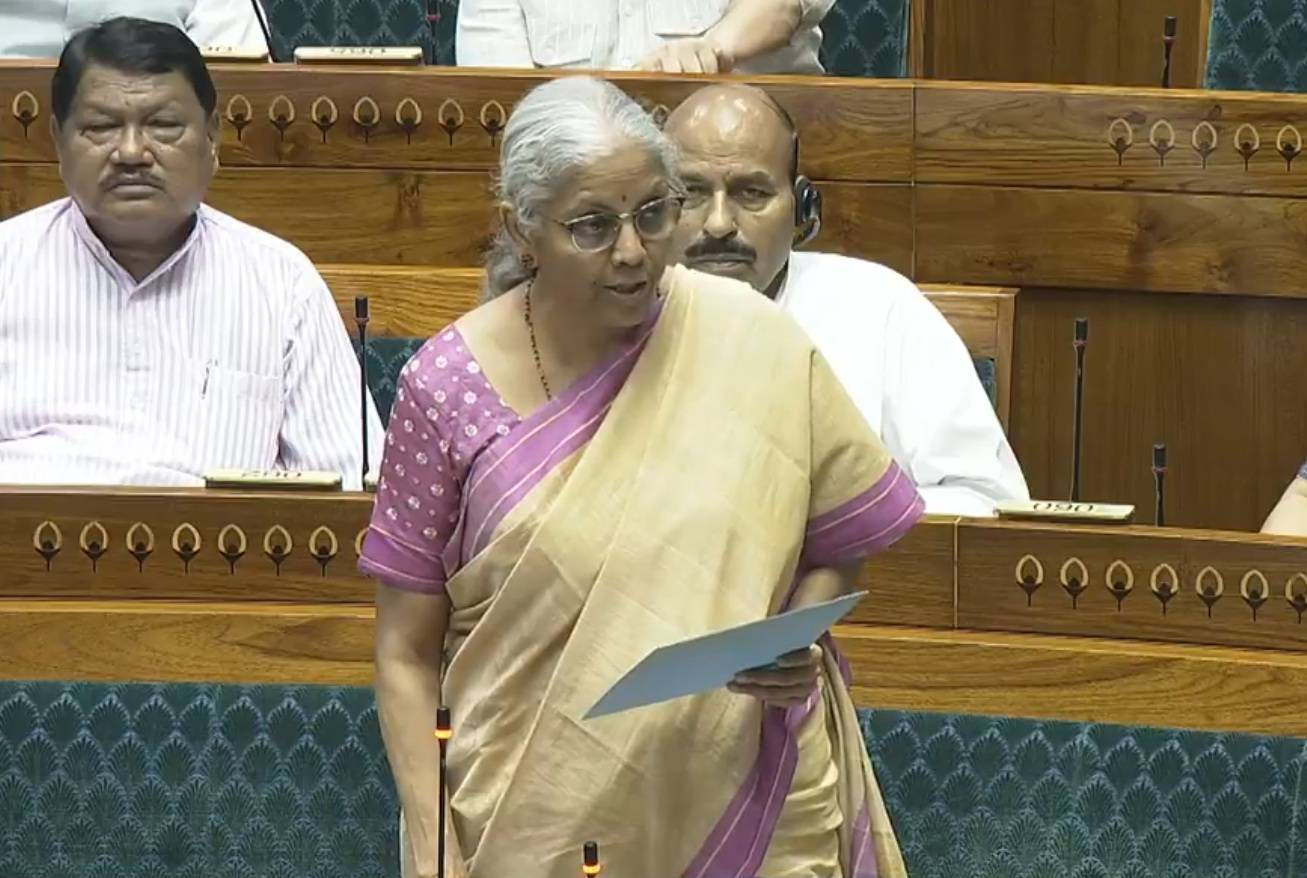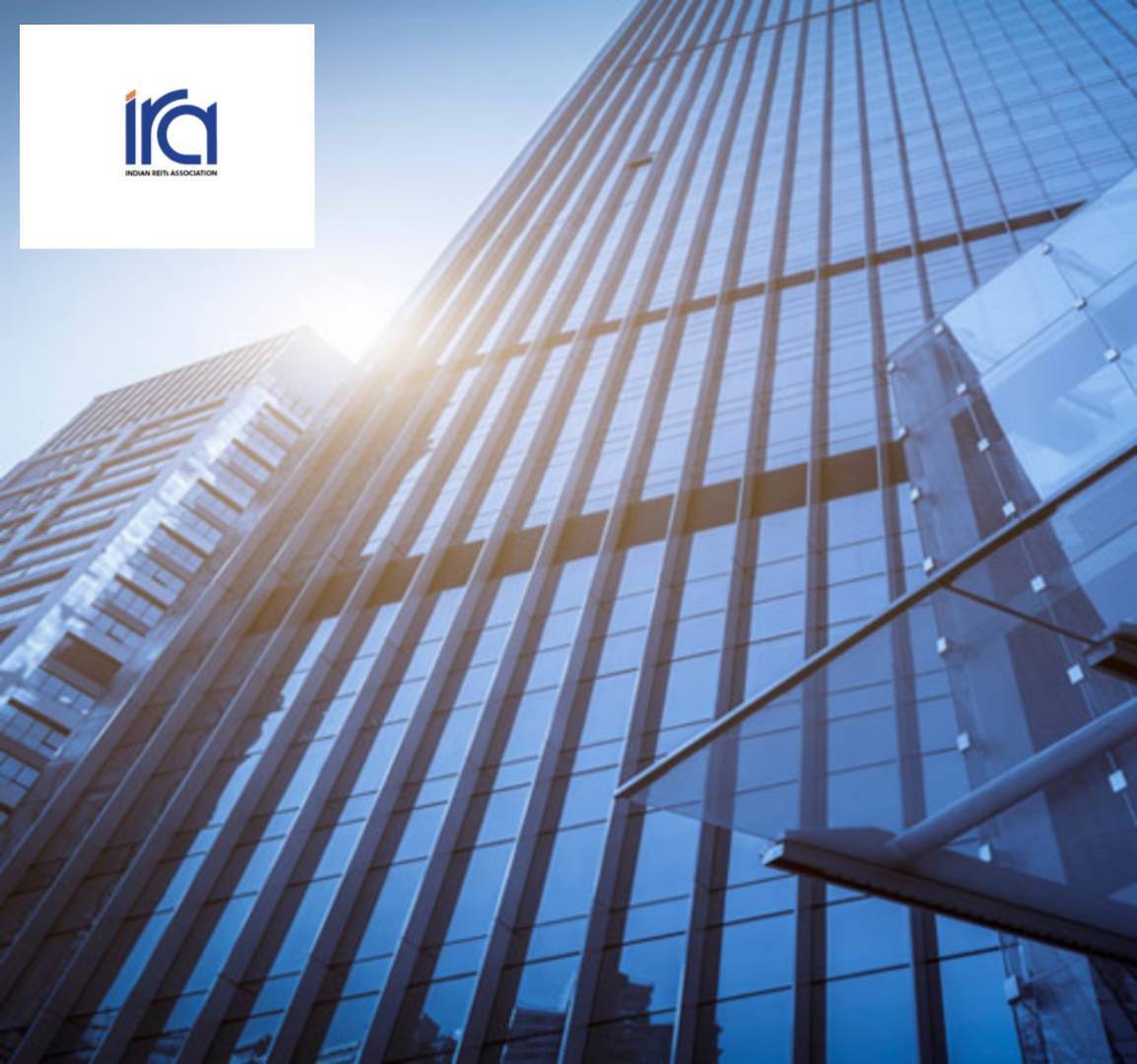The Adani Group is preparing to list its airport business by March 2027 as part of a broader plan to fast-track its $100 billion capital expenditure over the next five to six years. The move reflects the conglomerate’s renewed focus on core infrastructure, logistics, and energy sectors after recovering from earlier regulatory and financial challenges.
Adani Airport Holdings Ltd., the country’s largest private airport operator, is expected to be spun off from Adani Enterprises Ltd. and listed within the next two years. According to executives familiar with the matter, the company currently manages eight Indian airports and is slated to inaugurate a new terminal near Mumbai in the coming months.
The development is part of a larger shift in strategy by the Adani Group, which now aims to double the pace of its investment rollout. Initially projected over a ten-year horizon, the \$100 billion plan will now be implemented within five to six years. Group executives said the capital will be channelled toward expanding operations in energy, logistics, and infrastructure, with airports and roads being key focus areas.
To support this intensified capex programme, the group plans to raise \$30 billion through a mix of domestic and international borrowings. The balance will be funded through internal accruals. Around \$50 billion is expected to be sourced from its listed entities, while new business verticals such as airports, roads, and renewable energy are projected to generate an additional \$20 billion by the end of the decade.
The airport unit is not the only listing being considered. Executives indicated that the group’s metals business may also be listed by 2030, coinciding with the expected maturity of some of the group’s major infrastructure and industrial investments.
The group’s renewed investment momentum comes after a period of financial scrutiny. In 2023, the group faced allegations of stock manipulation and accounting fraud from US-based Hindenburg Research. That was followed by a probe initiated by the US Department of Justice (DoJ) into alleged bribery involving its founder. While these events led to temporary setbacks in project execution and investor sentiment, the group has consistently denied any wrongdoing in both cases.
Recent developments suggest a return to business expansion. Gautam Adani, the group’s chairman, travelled to China last week to meet with industrial equipment suppliers. While the exact purpose of the visit remains undisclosed, it is being viewed as a significant step in the group’s international engagement following the DoJ probe.
The group has also resumed external fundraising activity. In April, it secured approximately \$750 million for an acquisition deal, with BlackRock subscribing to a portion of the bond issue. In May, Adani Ports raised \$150 million through a bilateral loan from Singapore-based DBS Group Holdings. Earlier this month, Adani Airports received \$750 million in external commercial borrowings from global financial institutions.
Beyond fundraising, the group is also aligning its infrastructure push with anticipated policy and economic trends. Executives expect that its large-scale investments, particularly in renewable energy and transport infrastructure, will be well-positioned to benefit from the Indian government’s long-term capital outlay on infrastructure, projected at around \$2.2 trillion by 2030.
In the cement sector, for instance, the group sees scope for increased capacity and integration with its other verticals. Karan Adani, who oversees Adani Ports and SEZ, has earlier indicated that synergies between ports, logistics, and cement businesses will play a key role in the group’s growth over the coming decade.
The Adani Group currently operates across a wide range of sectors including ports, green energy, thermal power, cement, data centres, and media. The planned IPOs and rapid capex expansion signal a strategic consolidation of its portfolio while opening avenues for future capital inflow and investor participation.
Image source-x.com









